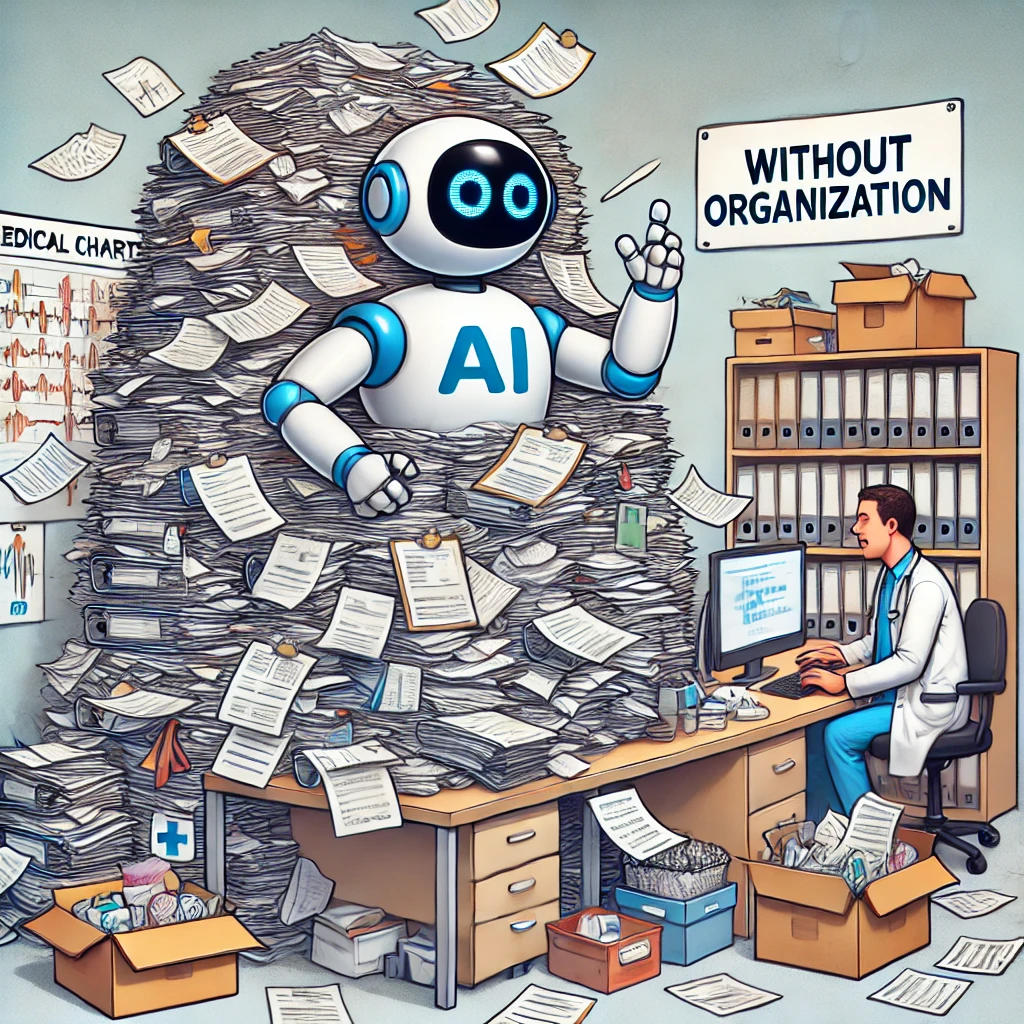
See the latest updates from our team, and all the projects we’re working on.

Why EHRs Are Causing “Note Bloat”—And How We Can Fix It
It’s time to rethink documentation to avoid “note bloat” and bring focus back to what really matters in patient care.

Part 2: Siloed Documentation in a Collaborative World
The clinical note has been a cornerstone of medical documentation for decades. While this structure may have worked in the past, the note paradigm is increasingly out of place in today’s healthcare environment. In this post, we’ll explore how notes — organized around visits and not around problems— create information chaos in healthcare and why we need to move toward a new documentation model.

The Future of Live Documentation - Addressing the Growing Problem of Medical Documentation Overload
As AI continues to transform healthcare, many assume it can fix the growing issue of documentation overload. While AI offers just-in-time summaries and automation, relying solely on it without improving how data is structured leads to bloated, disorganized charts. In our latest post, we explore why better organization—through problem-oriented documentation and structured data—is key to streamlining workflows, reducing costs, and enhancing patient care.

The Danger of Pre-Templated Information in Medical Records
Templating notes, exams, care plans, and histories can be bad for patient care, even if it's good for clinician efficiency. Clinical documentation ought to accurately reflect the hard work clinicians put into their care. Fortunately, large language models can help build better documentation that is reflective of the vibrancy of the patients they describe.

Beyond Notes: Why It Is Time to Abandon an Outdated Documentation Paradigm
The medical chart—including notes, labs, and imaging results—should be reconceptualized as a dynamic, fully collaborative workspace organized by topic rather than time, writer, or data type. This will lead to better clinical outcomes and higher job satisfaction among clinicians, who will suffer less with decreased cognitive burden.

Task definition, annotated dataset, and supervised natural language processing models for symptom extraction from unstructured clinical notes
We present a clinically motivated task definition, dataset, and simple supervised natural language processing models to demonstrate the feasibility of building clinically applicable information extraction tools


